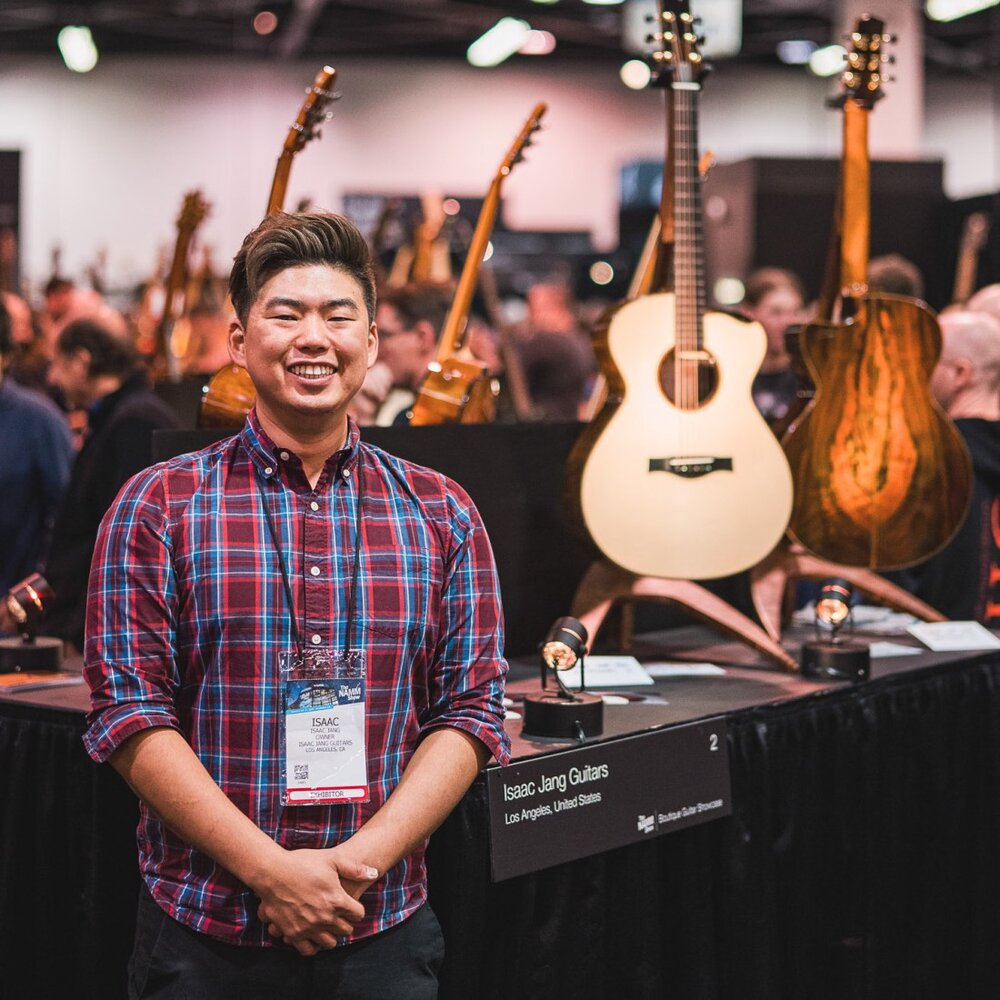The Science Behind The Sound
The Droplet Sound System Can Make A World Of Difference - And We Have The Science To Prove It
Geoff Waite, Engineer

“As a lifelong professional scientist, engineer and innovation coach, I love it when science and art come together. Where the underpinning scientific principles are deep in multiple layers of non-linear dependencies and time sequences such that theory has to give way to practice, even today’s supercomputers yield to skill and artistry.”

“As a lifelong professional scientist, engineer and innovation coach, I love it when science and art come together. Where the underpinning scientific principles are deep in multiple layers of non-linear dependencies and time sequences such that theory has to give way to practice, even today’s supercomputers yield to skill and artistry.”
“And as an electric bassist, figuring out how sound moves people is my passion: from the acoustics of a room to the resonances of a cabinet to how you make your instrument sound.
Did you ever wonder why a violin is the shape it is? Why the bridge is carved so intricately? Where the shape of the “f” sound holes came from? They evolved through experimentation over centuries, all the way from the first proto-instruments in our Ancestor’s caves through to Stradivarius and Steinway. The designs evolved to maximize performance – volume, timbre, sustain, attack. The “f” sound hole in a violin: A recent MIT study showed it to be the optimum design for delivery of acoustic power over the range of the instrument.
What I see in Liquid Sound Technologies products – their headstock and bridge plates and pins – is exactly this. Solid scientific underpinnings like multi-frequency resonances, impulse response filtering, and energy transmission and power leveling, harnessed through craftsmanship to get a special sound from an instrument. That combination of science and craftsmanship – that’s the black art that makes for something special.
So while you could, in theory, model the sound of an instrument to create a perfect sound, you cannot do this is in practice because the problem is just too complex (no, we still can’t model a violin). Stradivarius and his brethren of top instrument makers used many of the most powerful computers known to mankind – our own brains – all working together to find perfection. Vladimir’s Liquid Sound Technologies’ products work at this confluence of physics and art to let you modify the sound of your instrument to your own perfection.
You can’t easily alter the sound box of your instrument, or the sound hole, or the materials. But you can add LST sound plates to modify what comes out to be just what you’re looking for.
And now back to playing my bass – with its custom high mass bridge, over-sized tuners and strings aged just-so, all to get just the sound that I like!
Happy sound fiddling….”
Isaac Jang, Luthier

“[. . .] the output of each instrument seemed to have more balanced volume in each note. It seemed to me that there’s a common change in graph after your device is installed, which I find midrange to be more present.”

“[. . .] the output of each instrument seemed to have more balanced volume in each note. It seemed to me that there’s a common change in graph after your device is installed, which I find midrange to be more present.”
An instrument with The Droplet Sound System had a more “focused” sound. Focused, as in more fundamentals are present, as opposed to “lively” where more overtones are present. Some players prefer more fundamental present guitars ie. Bluegrass or strumming. So it’s a matter of preference: difference voices for different needs.
Spectral Analysis
We’ve run The Droplet Sound System through rigorous testing, including spectral analysis of the same guitars before and after installation. Here’s just one of the many examples you can find on our YouTube channel.
Gainesville, GA, USA | 678-936-1941 | [email protected]
Liquid Sound Technologies™ and Droplet Sound System™ | Device Patent # 10,255,892; 58379-3000USP1


